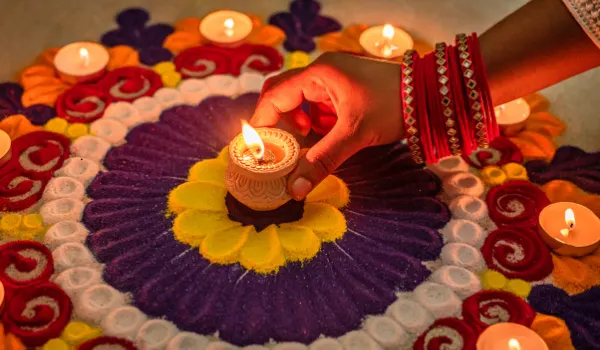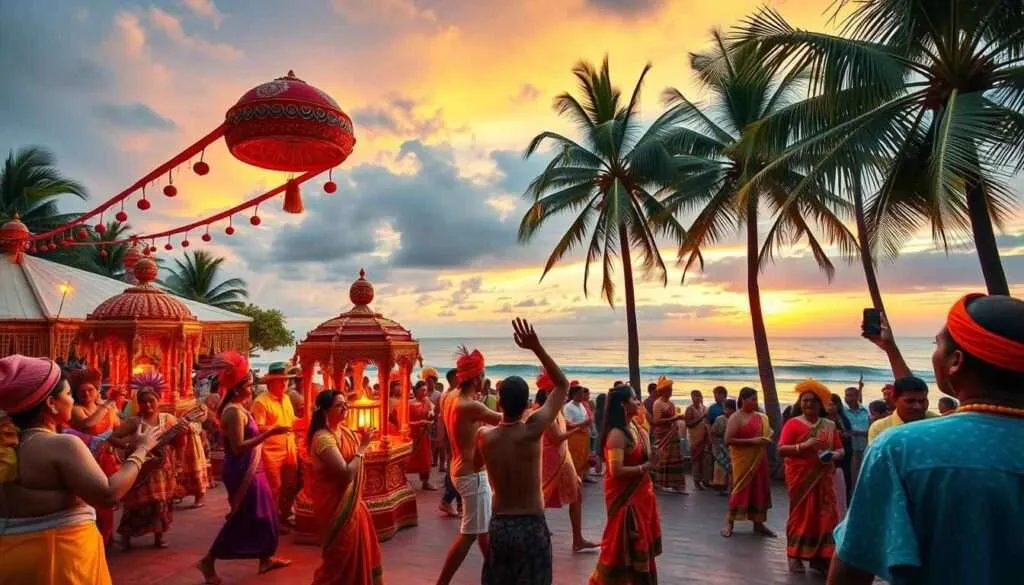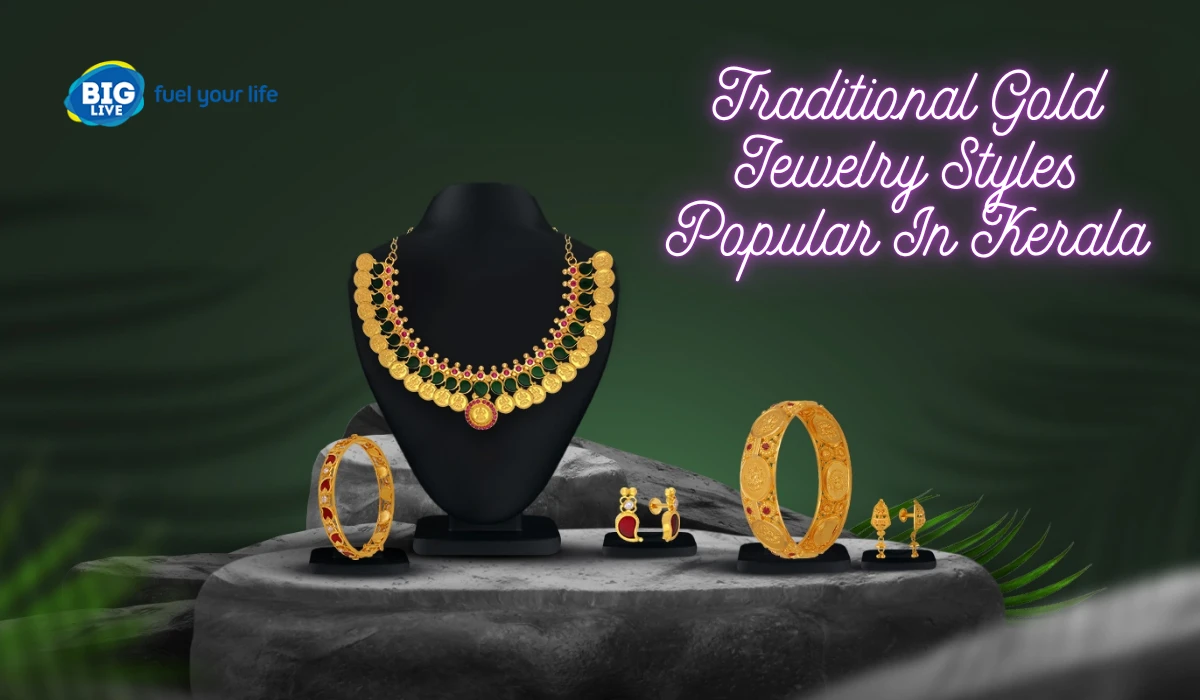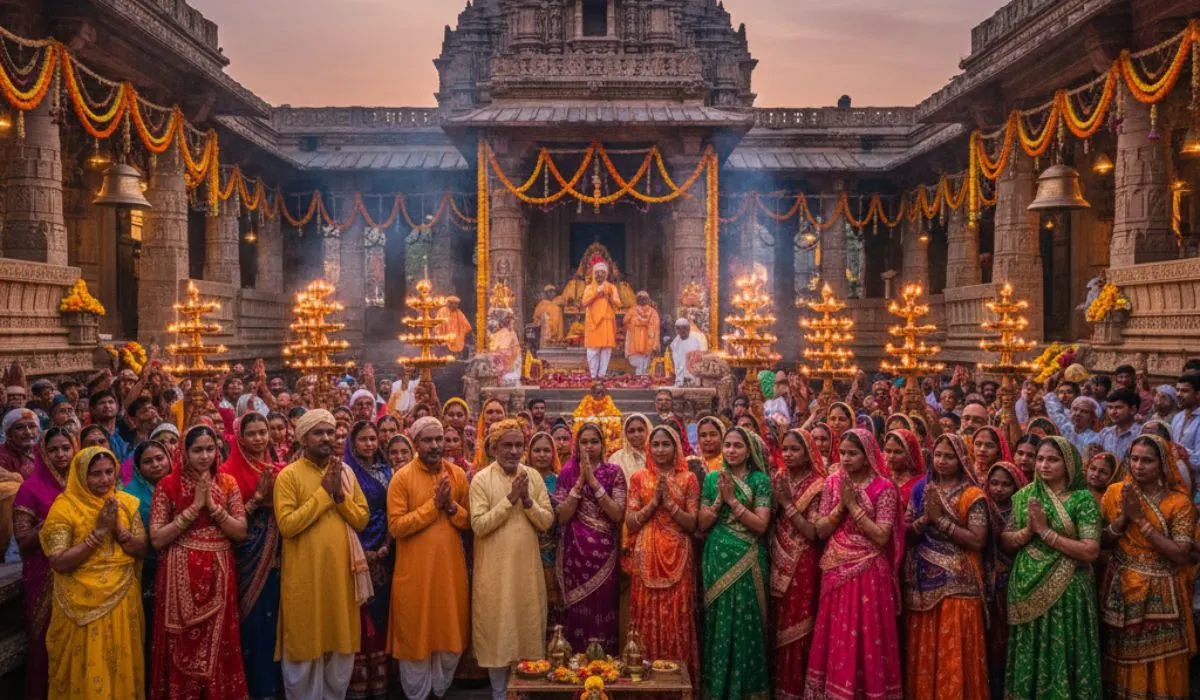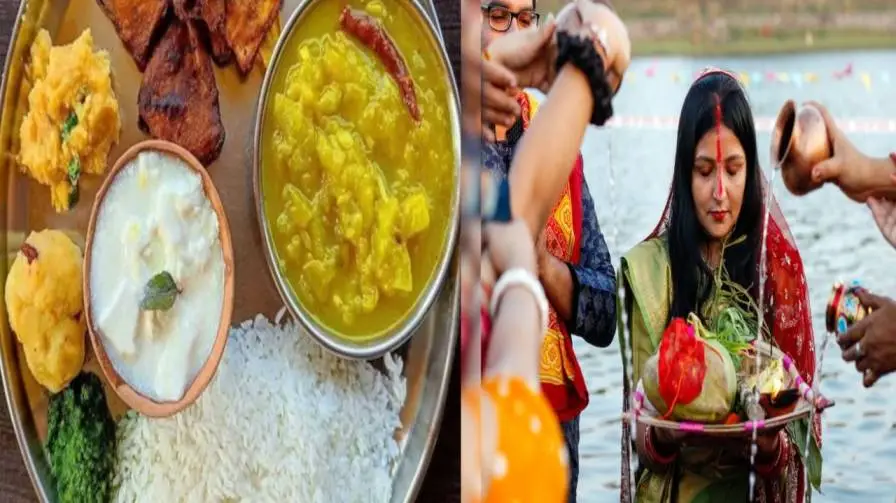Diwali or festival of lights is one of the popular festivals celebrated in India. Besides the numerous traditions that make this festival very colorful, Rangoli occupies a niche in every Gujarati household. It is not a mere decoration, but a sign of well-being, happiness, and spiritual awakening, this long-lasting form of art is thousands of years old.
What is Rangoli?
Rangoli is an Indian folk art of patterns made on the floor by applying coloured powders, flowers, rice, or other materials that are natural. It is characterized by its rich colors, symmetry and cultural designs in Gujarat. Rangoli is commonly created in front of the home and the welcoming message brings positive and good fortune to the people living in the house.
Read also: Traditional Garba: Gujarat’s Dance of Devotion And Culture
Importance of Rangoli in Gujarati Culture
In Gujarati culture, Rangoli is also not only ornamental: it has very strong cultural and spiritual meaning:
- Welcoming Guests: Rangoli on the doorstep is considered to be inviting the guests and divine powers.
- Symbol of Prosperity: Classical themes such as lotus, swastika, and footprints of goddess Lakshmi symbolize prosperity and affluence.
- Festive Spirit: Colorful and bright Rangolis vibrate the festive atmosphere instantly and make the Diwali celebrations even happier.
Traditional Gujarati Rangoli Designs
The outstanding feature of Gujarati Rangoli designs is that they fuse both geometric forms and floral and religious symbols. The following are some of the common traditional designs:
1. Geometric Patterns
These Rangolis are drawn with dots and lines in order to produce symmetrical figures. Possibly the most regular shapes are circles, squares, triangles and grids. The uniformity of geometrical Rangoli reflects the hand and patience of the painter.
2. Floral Motifs
Gujarati culture places much emphasis on flowers, and Rangolis tend to resemble petals, blossoms, and garlands. Popular Diwali patterns include the marigold, rose and lotus patterns which are considered beautiful and pure.
3. Alpana Designs
Alpana is a traditional floor art that is painted by either rice paste or white chalk powder. Such are often drawn free-hand in fined detail in Gujarat, with Hindu images, such as lamps, peacocks, and conch shells.
4. Folk Motifs
Based on local customs and in connection with the folk art of Gujarat, motifs such as kites, elephants, camels, and tribal patterns will find their place in Rangolis. These provide the Rangoli with a local flavor and also celebrate a culture.
5. Goddess Lakshmi Footprints
Small footprints that lead to the home in Diwali represent the coming of goddess Lakshmi. They are usually surrounded by flowers and geometric designs, which makes them spiritual and appealing to the eye.
Read also: Lehenga to Sherwani: Loved Dresses of Newlyweds in Delhi
Tips to Create Traditional Gujarati Rangoli for Diwali
It may seem hard to create a Rangoli, though with several suggestions anyone could create a lovely piece:
-
Choose a Clean Surface: Before drawing Rangoli, wipe and dust the surface you are going to draw it on.
-
Sketch Lightly: Draw a line outline of the design on chalk then fill with colors.
-
-
Use Vibrant Colors: The festivity appears bright, especially when it is painted with bright colors like red, yellow, orange and green, blue.
-
Mix Materials: To add more motion and texture, add powders and flowers and diyas to a Rangoli.
-
Symmetry is Key: Gujarati Rangolis tend to be based on symmetrical designs. There is a big difference between taking your time and being balanced.
Modern Adaptations
Although classical Rangolis are still popular, several Gujarati devotees make sure to experiment by incorporating LED-lights or glitter, or use stencils to make things more exact. Others go as far as to mix Rangoli with wall murals or 3D to achieve modern appearance and preserve the traditional style at the same time.
Conclusion
Rangoli is not only a form of decorative art, it is a form of creativity, devotion and Gujarati culture. Such colorful floor patterns bring families together, celebrate tradition and bring good fortune in households on Diwali. You can stick to the traditional geometrical patterns or play around with modern variations, but a Gujarati Rangoli will always put a special spell on Diwali celebrations.



